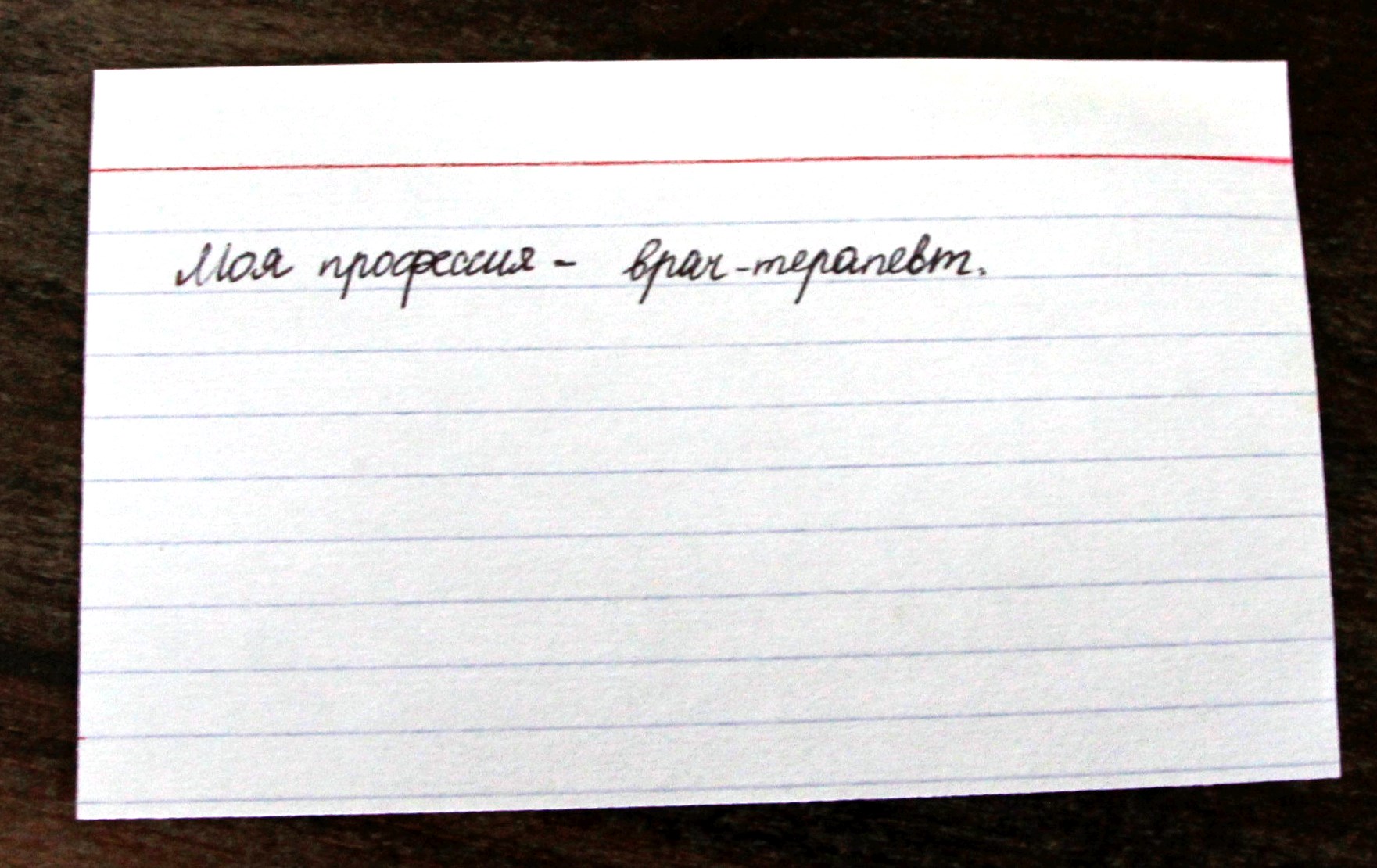Tricky Russian Typography – Part II Posted by Maria on Sep 26, 2016 in language
Last time, we started talking about punctuation that may be tricky to enter for Russians primarily used to handwriting; specifically, we covered direct speech. We are continuing to some other tricky cases.
Dash
At least in the US, a lot of attention is paid to distinguishing hyphens from n-dashes from m-dashes and the proper use of each kind. (Readers from other Anglophone countries and speakers of other languages that use dashes in writing — what’s your experience?) I never remember hearing about different kinds of dashes in Russia. We were taught there is дефис (hyphen) and тире (pronounced тирэ, dash).
Дефис is used as an orthographic character within words as described here, while тире is used as punctuation in sentences. Russian designer Artemy Lebedev covered the difference between hyphens, minus signs, n-dashes, and m-dashes in Russian.
- Я говорю по-русски (“I speak Russian;” the hyphen is within the word).
- Столица Франции — Париж (“The capital of France is Paris;” the dash is used in place of the missing verb “to be,” as it were).
The problem is that typewriters — and computers, which largely copied their keyboard layout — combined hyphens (-) and dashes (—) in one key. As a result, hyphens, which are easier to type, end up being used instead of dashes. Your average Russian was likely taught how to write things by hand, and the difference in length between the different “lines” was not part of their education.
Traditionally, only m-dashes have been used in Russian, although Lebedev advocated the use of n-dashes for number ranges. To enter an m-dash on your keyboard, input the following key combinations:
| Windows | Alt + 0151 (or Alt + 2014) |
| Mac | option + shift + – |
| Linux | Ctrl + Shift + U, then 2014, Enter |
Percent Sign
One of the murky areas of Russian typewriting involves percent signs (%). Once again, in handwriting, it is not obvious whether there is a space between the number and the following percent sign or whether it is just normal letter-spacing.
In typesetting, earlier sources recommended not separating the percent sign from the preceding number because it was not really a unit of measurement, which would be separated with a space in Russian. Since 1982, the GOST (ГОСТ) standard recommends separating the number and the percent sign with a non-breaking space (10 %). This recommendation was also reflected in an authoritative reference book by Arkady Mil’chin, although he really advocates 2 points between the number and the percent sign and not a full space.
However, many respected publications never followed this rule. As a result, no space between the number and the percent sign can be seen frequently. Consult a style guide for your organization to decide. Personally, I use no spaces in my own writing.
- Проект выполнен на 70%.
- Проект выполнен на 70 % (both meaning “The project is 70% complete”).

Build vocabulary, practice pronunciation, and more with Transparent Language Online. Available anytime, anywhere, on any device.





